Visiting China is a captivating and immersive experience that offers a remarkable blend of ancient traditions and modern innovations. As one steps into this vast and diverse nation, they are immediately greeted by a rich tapestry of culture, history, and breathtaking landscapes.
China boasts a rich and ancient history that spans over 5,000 years, making it one of the world’s oldest continuous civilizations. From the early dynasties like the Xia, Shang, and Zhou, which laid the foundation for Chinese culture and governance, to the imperial eras of the Qin, Han, Tang, and Ming dynasties, China flourished as a center of art, philosophy, technology, and trade along the Silk Road. The country experienced periods of unity and fragmentation, imperial expansion and contraction, cultural flourishing and political upheaval, all contributing to its vast and diverse heritage. The 20th century saw China undergo profound transformations, from the end of imperial rule and the establishment of the Republic of China to the rise of communism under the leadership of Mao Zedong and the founding of the People’s Republic of China.
Today, China stands as a global economic powerhouse and cultural beacon, shaped by its deep historical roots and dynamic modern developments.
The Same
The DINKs and The Family visited China as part of a multi-country trip to Asia and both chose different cities to visit for different reasons. The only real commonality was the food.
Local Cuisine
Chinese cuisine varies widely across different regions, each offering its own unique flavors and cooking styles influenced by local ingredients and culinary traditions. Exploring China’s diverse food culture promises an exciting culinary adventure with flavors that range from mild and aromatic to spicy and bold. Sometimes we weren’t positive what we were having but we truly enjoyed it all.
- Peking Duck (北京烤鸭): A famous dish from Beijing, featuring crispy duck skin served with thin pancakes, hoisin sauce, and scallions. This is a must regardless of where in China you visit.
- Dim Sum (点心): Small, bite-sized dishes served in bamboo steamers or small plates, including dumplings (like har gow and shumai), buns (baozi), and various savory snacks.
- Hot Pot (火锅): A communal dining experience where diners cook a variety of ingredients (such as thinly sliced meat, seafood, and vegetables) in a simmering pot of flavored broth at the table.
- Dong’an Chicken (东安鸡): Chicken stewed with chili peppers, garlic, and vinegar, creating a spicy and aromatic dish.
- Dan Dan Noodles (担担面): Spicy noodles topped with minced pork, preserved vegetables, and chili oil.
The DINKs
The Dinks chose Beijing because of it’s most famous attraction; Great Wall of China, a UNESCO World Heritage site that stretches through the surrounding countryside.
Beijing
Beijing, the capital of China, is a city that encapsulates the nation’s rich history, culture, and modern aspirations. With a history spanning over three millennia, Beijing is a treasure trove of historical sites and architectural wonders. We were a little uncomfortable trying to plan & travel China on our own so we opted for a three day escorted tour that picked us up and dropped us off at our hotel each morning and evening. In our free time we were in walking distance of Tanaman square and all the shops & restaurants that surround it which made it easy to grab dinner on our own and do some souvenir shopping without the pressure to buy as some of the tour stops had.
The Great Wall: A symbol of China’s resilience and engineering prowess, the Great Wall is an absolute must-visit. Stretching across the northern borders, this ancient wonder whispers tales of dynasties and invasions. Sections like Mutianyu (Which we visited) or Badaling offer stunning views and the opportunity to traverse the formidable battlements. What people do not tell you is that it is quit the hike. Portions have steep steps & I am not too embarrassed to admit I had to take some coming back sitting down like a little kid going down stairs. There was also a cute slide thing you could go down that our tour guide warned was dangerous. It didn’t feel dangerous at all and we think he just didn’t want people getting tied up in the line and missing our departure time.
Forbidden City: Within the city, the Forbidden City, an ancient imperial palace, stands as a testament to the power and grandeur of China’s dynastic past. Within its walls, we explored the Hall and Courtyard of Supreme Harmony, the Hall of Complete Harmony, and the Hall of Preserving Harmony, each exuding architectural magnificence and historical significance. The intricate stone carvings and serene Palace of Earthly Tranquility was something not to miss.
Tiananmen Square: At the heart of Beijing, Tiananmen Square is a vast expanse that witnesses both historic events and everyday life. One of the world’s largest public squares, is a symbol of the country’s political significance. The Monument to the People’s Heroes, the mausoleum of Mao Zedong, and the National Museum of China surround this iconic square, making it a cultural and political center. To Enter the square you actually pass through tight security that required our passport.
Beijing Zoo – Panda House
The Beijing Zoo houses a dedicated Panda Pavilion, where visitors can observe giant pandas in a carefully designed habitat that mimics their natural environment. Never have we seen so many pandas or have been so close to the pandas in our lives and we visit lots of zoos in the United States. The Pandas were hilarious to watch an a highlight for me.
Temple of Heaven: The Temple of Heaven, a masterpiece of Chinese architecture, is a tranquil escape from the urban bustle. Surrounded by lush parklands, this sacred site served as a place of worship for emperors praying for good harvests. The Hall of Prayer for Good Harvests is an architectural marvel and a testament to ancient Chinese cosmology.
Summer Palace: A retreat for emperors seeking respite from the summer heat, the Summer Palace is a harmonious blend of nature and imperial grandeur. Kunming Lake, the Long Corridor, and the intricately designed Marble Boat contribute to the palace’s allure, creating a serene atmosphere for visitors to explore.
Beijing Hutongs: Discover the soul of Beijing in its hutongs, narrow alleyways that crisscross the city, revealing hidden courtyards and local life. A rickshaw ride through these ancient neighborhoods provides an intimate glimpse into the city’s history and a chance to connect with its warm and welcoming residents.
The National Stadium (Bird’s Nest) and Aquatics Center (Water Cube): Symbols of Beijing’s modern transformation, the National Stadium, fondly known as the Bird’s Nest, and the Aquatics Center, or the Water Cube, stand as testaments to innovative design. Whether catching a sporting event or simply marveling at their iconic structures, these venues showcase Beijing’s forward-looking spirit.
The Family
The Family chose an exciting journey to Hong Kong, captivated by its reputation as a dynamic and vibrant metropolis where East meets West in a harmonious blend of cultures. Nestled within this bustling cityscape lies the magical world of Disney Hong Kong, promising enchantment and adventure for visitors of all ages. With its iconic skyline, bustling street markets, and culinary delights, Hong Kong offers a kaleidoscope of experiences waiting to be discovered. From exploring ancient temples and serene gardens to immersing themselves in the vibrant nightlife and shopping districts.
Hong Kong
Disney: The park features a myriad of attractions, from classic Disney rides to culturally inspired experiences, catering to audiences of all ages. Hong Kong Disneyland incorporates elements of Chinese culture and traditions into its attractions, entertainment, and dining options. This cultural fusion adds a unique flavor to the park’s offerings, providing visitors with an immersive experience that reflects the local heritage.
- Fantasyland – classic Disney tales came to life before our eyes. We embarked on a whimsical journey aboard the “it’s a small world” attraction, singing along to the catchy tune as we sailed past scenes of global harmony.
- Differences with Hong Kong Disney and US locations: Alongside beloved characters like Mickey Mouse and Cinderella, guests can encounter Chinese Zodiac-themed displays and enjoy performances that seamlessly blend Disney charm with elements of Hong Kong’s rich cultural heritage. Hong Kong Disneyland is smaller in size compared to the Disneyland parks in the US, such as Disneyland Resort in California and Walt Disney World Resort in Florida. The smaller footprint makes it more manageable for families with limited time and allows for easier navigation between attractions.
- With its whimsical atmosphere, thrilling rides, and captivating shows, Hong Kong Disneyland provides a magical escape for visitors seeking a truly enchanting experience in the heart of Asia.
Tian Tan (Big Buddha): Nestled in the lush mountains of Lantau Island, Tian Tan, commonly known as the Big Buddha, stands as a symbol of spiritual tranquility. The awe-inspiring statue, sitting at 34 meters tall, overlooks the surrounding landscapes and offers breathtaking panoramic views. Visitors can embark on a journey to the top, climbing 268 steps to reach the base of the statue. The Ngong Ping 360 cable car ride, with its stunning vistas, provides an enchanting approach to this spiritual oasis. The Po Lin Monastery, adjacent to the Big Buddha, adds to the cultural experience.
Tai O: A Glimpse into Traditional Fishing Village Life Traveling to the western shores of Lantau Island, Tai O presents a stark contrast to the urban landscape of Hong Kong. Known as the Venice of the East, Tai O is a traditional fishing village built on stilts over the tidal flats. The charming wooden houses, interconnected by narrow walkways, create a picturesque scene that harks back to a bygone era. Tai O is not only visually captivating but also offers a glimpse into the daily lives of the Tanka people, the village’s indigenous inhabitants. Visitors can explore the local market, filled with an array of dried seafood, traditional snacks, and handmade crafts. A boat trip through the waterways reveals the village’s unique architecture and the symbiotic relationship between the residents and the surrounding nature.
Summary
Comparing two distinct perspectives on China, the Family’s choice of Hong Kong with its allure of Disney magic and vibrant cosmopolitan charm contrasts with the Dinks’ journey to Beijing, drawn by the monumental history and awe-inspiring Great Wall. Each experience offers its own unique appeal: Hong Kong dazzles with its modernity, cultural fusion, and family-friendly attractions, while Beijing immerses travelers in ancient wonders and profound historical significance.
Ultimately, the question of “who did it better” hinges on personal preferences—whether seeking thrilling adventures in a global city or delving into the storied past of one of the world’s oldest civilizations, both Hong Kong and Beijing offer unforgettable experiences that cater to diverse interests and passions.
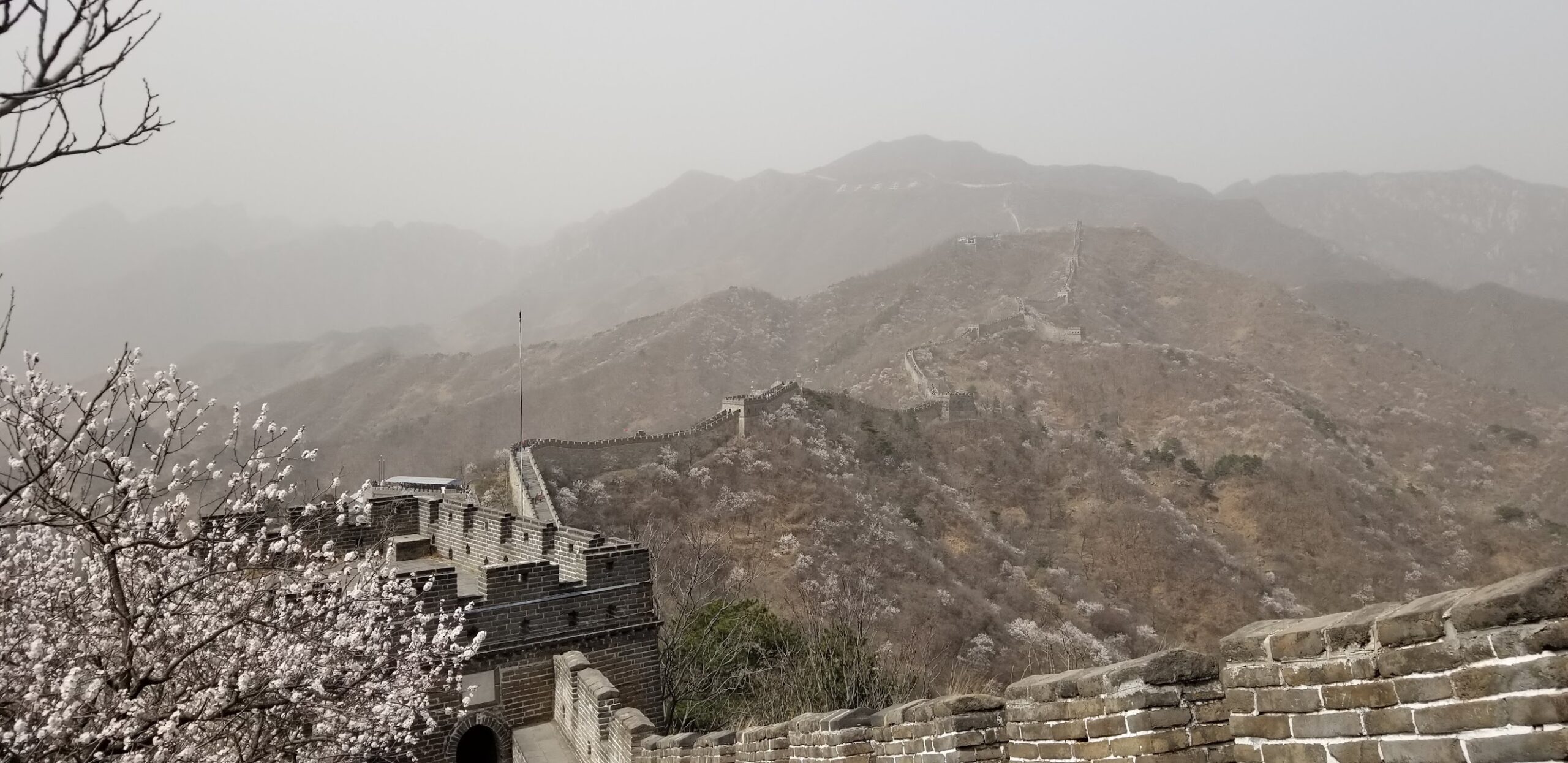













































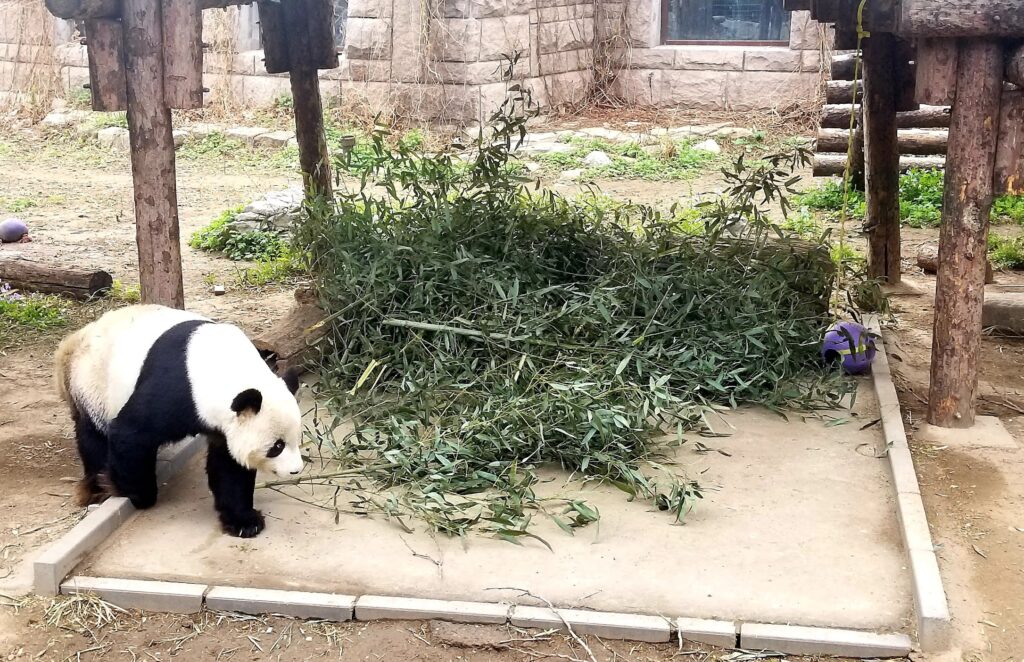
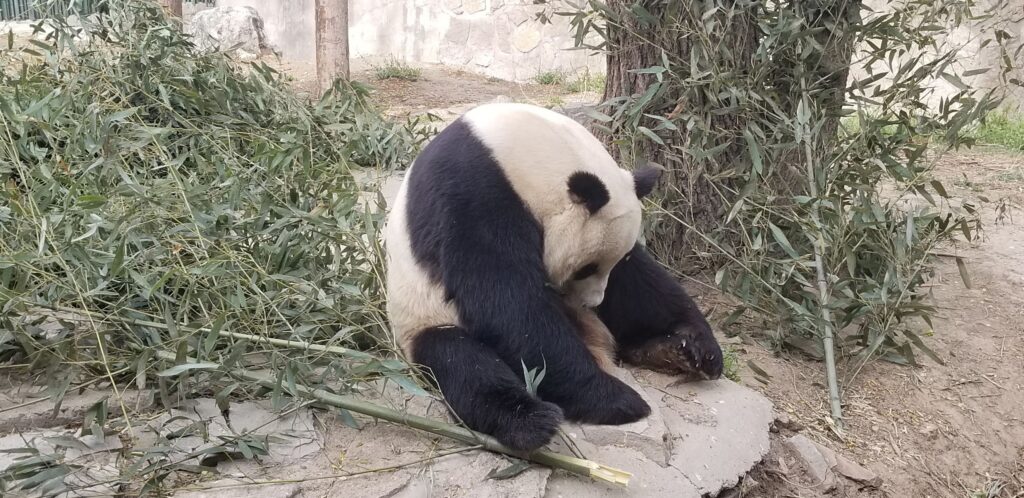
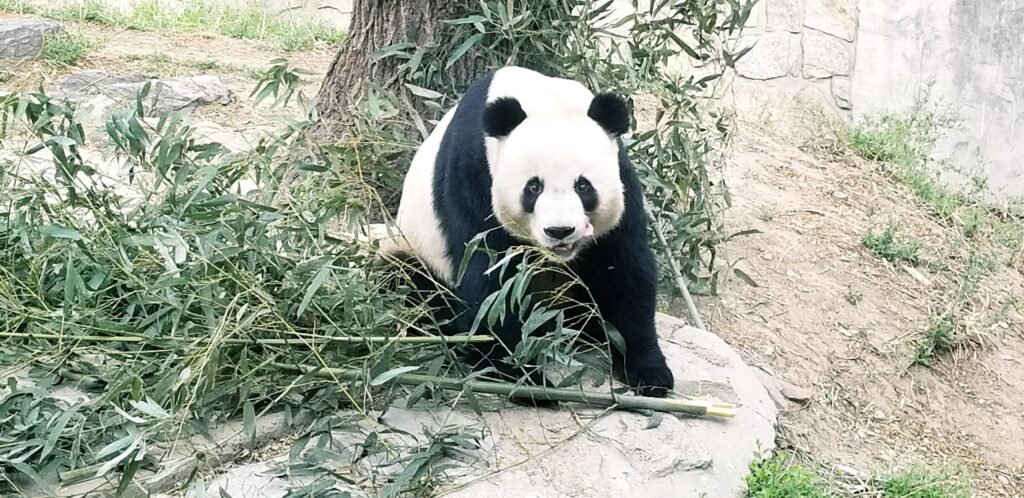

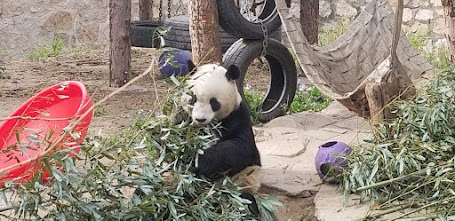





















Leave a Reply